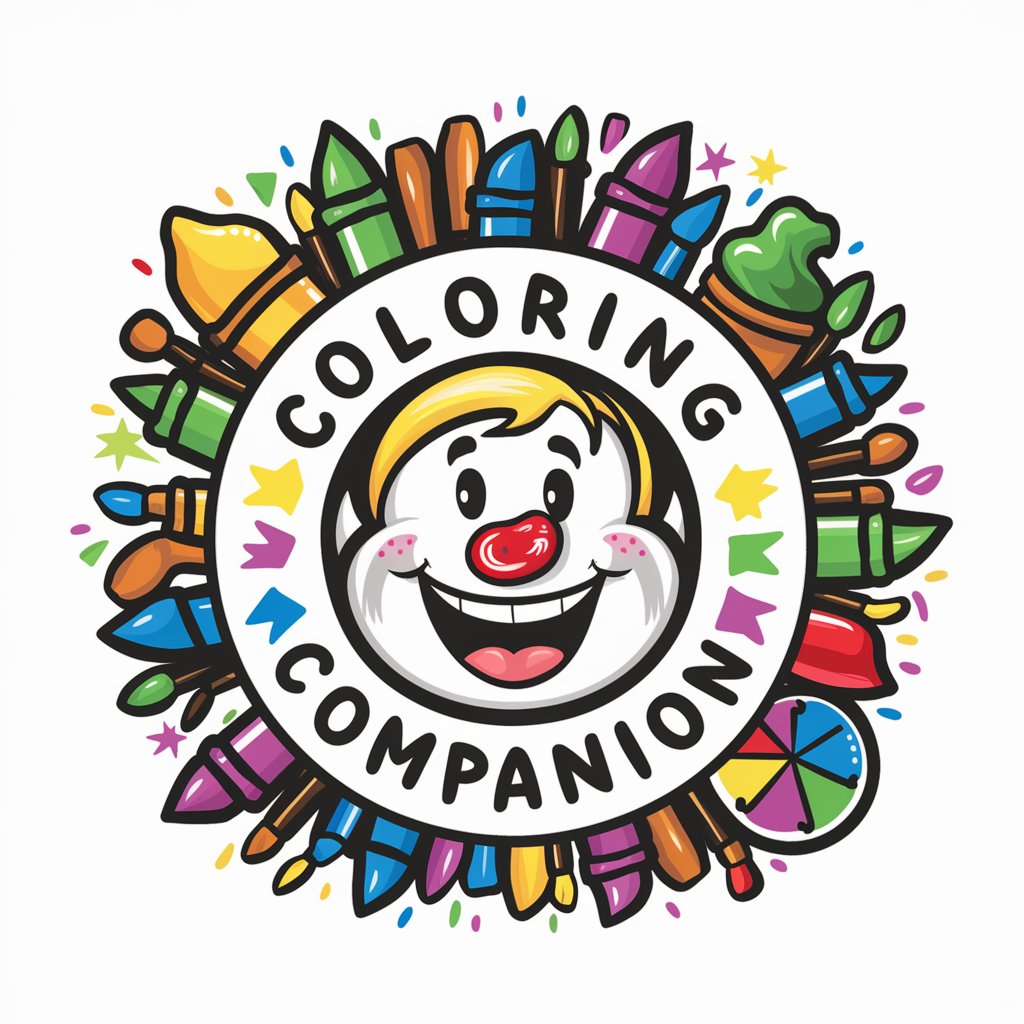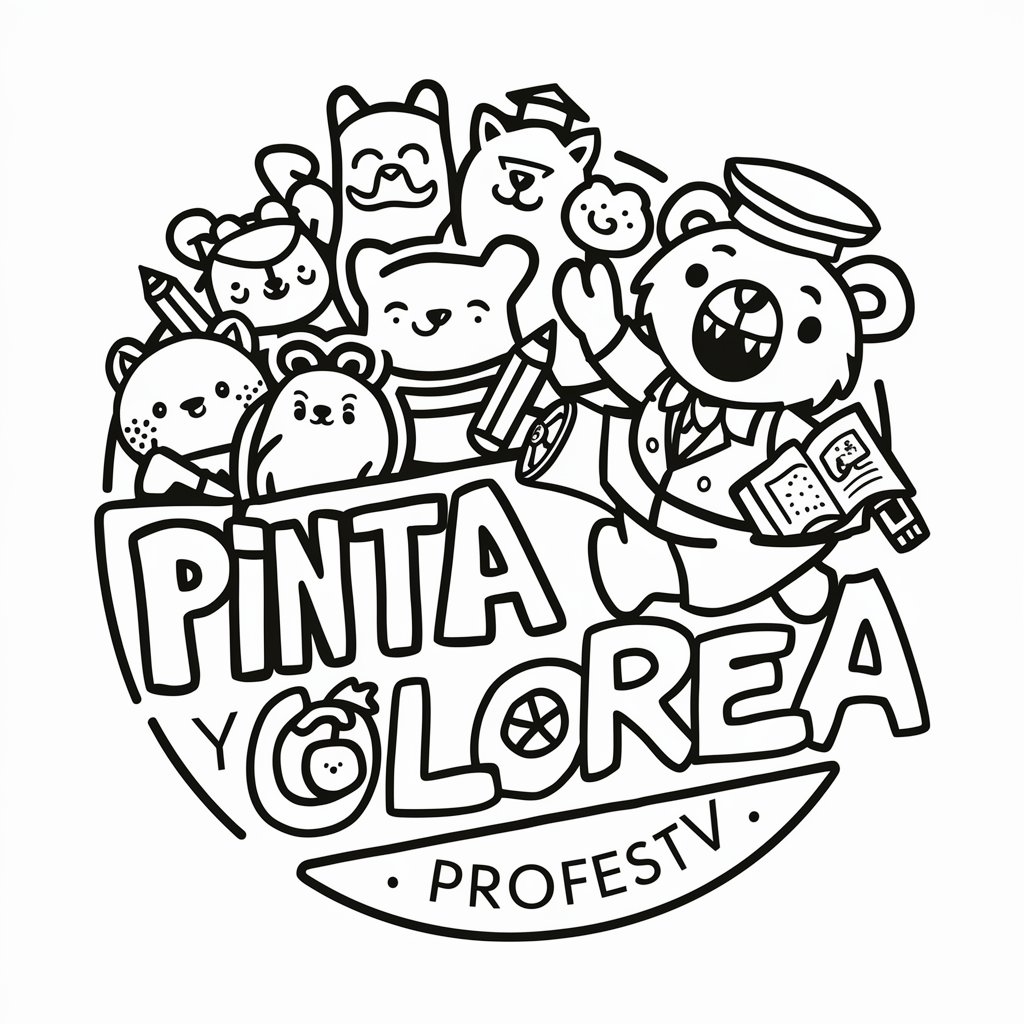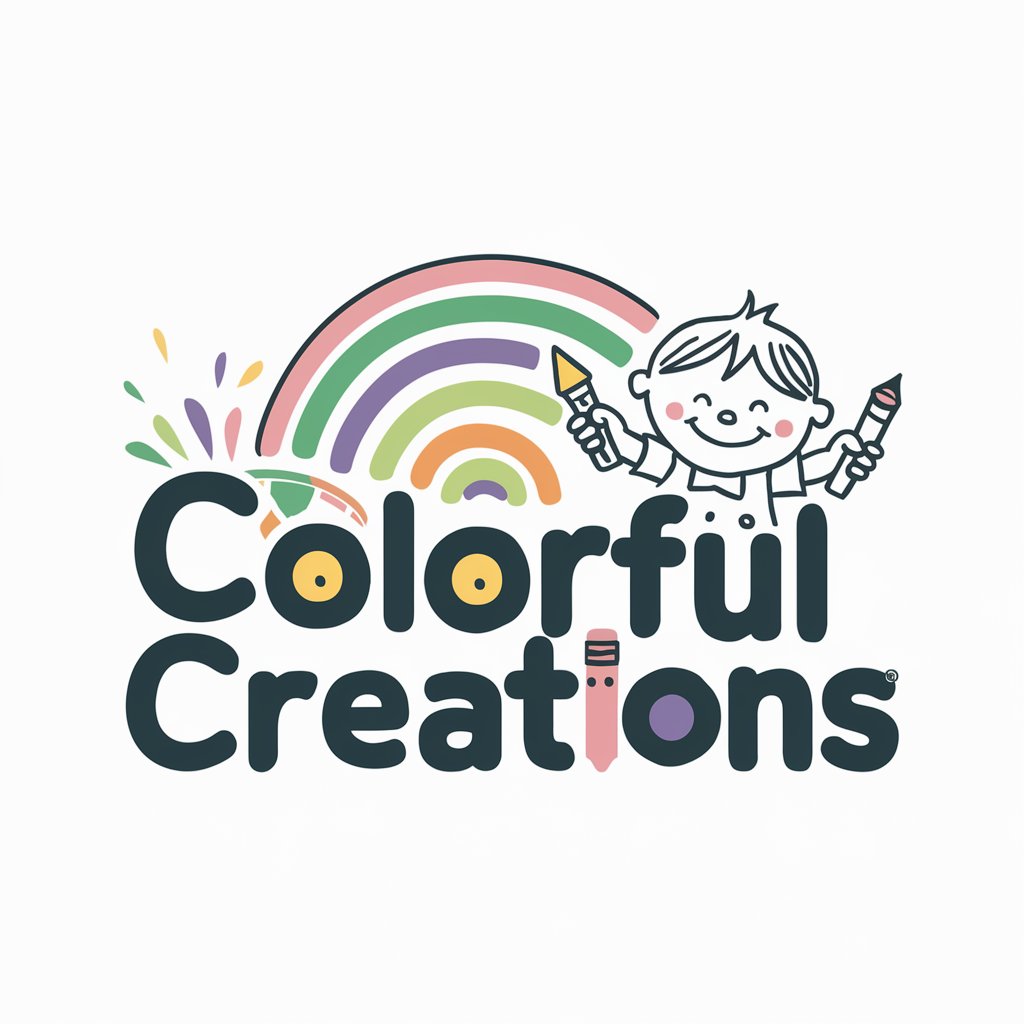4 GPTs for Classroom Resources Powered by AI for Free of 2025
AI GPTs for Classroom Resources are advanced tools designed to leverage the capabilities of Generative Pre-trained Transformers for educational purposes. These AI models are tailored to assist in creating, organizing, and managing classroom resources, facilitating a more interactive and enriched learning environment. They integrate seamlessly into educational settings, offering customized solutions for lesson planning, content generation, and interactive learning experiences. The incorporation of GPTs into educational resources represents a significant step forward in utilizing AI to enhance teaching methodologies and learning outcomes.
Top 4 GPTs for Classroom Resources are: Coloring Companion,Pinta y colorea - ProfesTV,Colorful Heritage,Colorful Creations
Coloring Companion
Unleash Creativity with AI-Powered Coloring

Pinta y colorea - ProfesTV
Bringing Learning to Life with AI-Powered Coloring

Colorful Heritage
Empowering Diversity Through Art

Colorful Creations
Turn creativity into learning with AI-powered coloring pages.

Key Attributes and Functionalities
AI GPTs for Classroom Resources boast a versatile range of features tailored to the educational sector. Key capabilities include the generation of educational content, such as quizzes, essays, and summaries, tailored to specific learning objectives. These tools offer language learning aids through conversational interfaces, technical support for complex subjects, and the ability to conduct web searches for educational content. Furthermore, their image creation and data analysis functionalities enable the creation of visual aids and the interpretation of complex data sets, enhancing the learning experience. The adaptability of these GPTs allows for their application across various educational levels and subjects, making them invaluable tools in the classroom.
Intended Users
AI GPTs for Classroom Resources are designed to cater to a wide range of users within the educational sector, including teachers, educational content creators, students, and researchers. These tools are accessible to novices, offering intuitive interfaces that require no programming skills, while also providing extensive customization options for developers and professionals with technical expertise. This makes GPTs an ideal solution for anyone looking to enhance the educational experience through the use of advanced technology.
Try Our other AI GPTs tools for Free
Research
Explore AI GPTs for Research, the cutting-edge tools designed to revolutionize the research process with advanced data analysis, literature review capabilities, and more.
Reference Generation
Explore AI GPT tools for Reference Generation, the ultimate solution for streamlined, accurate, and context-aware referencing. Ideal for academics, researchers, and writers.
Technique Personalization
Discover how AI GPTs for Technique Personalization can transform your approach with tailored solutions designed to meet individual needs, enhancing productivity and engagement.
游戏设计
Discover how AI GPTs transform game design with innovative solutions for creativity, efficiency, and problem-solving, making game development more accessible and advanced.
艺术创作
Discover how AI GPTs for 艺术创作 transform artistic creation, offering tools for generating innovative art and insights into emerging trends. Perfect for artists and creators at all levels.
像素艺术爱好
Discover how AI GPTs for Pixel Art Enthusiasts revolutionize the creation and exploration of pixel art, making it accessible to everyone from beginners to professionals.
Further Perspectives
AI GPTs function as bespoke solutions across various sectors, especially in education, where their ability to create customized educational content and resources significantly enhances teaching and learning processes. The user-friendly interfaces of these GPTs ensure that they are accessible to a broad audience, including those without technical expertise. Moreover, their potential for integration with existing educational systems and workflows offers a streamlined approach to adopting advanced AI technologies in the classroom.
Frequently Asked Questions
What exactly are AI GPTs for Classroom Resources?
AI GPTs for Classroom Resources are AI-driven tools that utilize Generative Pre-trained Transformers to support and enhance educational activities. They are designed to generate, organize, and manage educational content and resources efficiently.
How can AI GPTs enhance classroom learning?
These tools can enhance classroom learning by providing tailored educational content, facilitating interactive learning experiences, and offering support for complex subjects through advanced AI capabilities.
Are AI GPTs accessible to those without coding skills?
Yes, AI GPTs for Classroom Resources are designed with user-friendly interfaces that make them accessible to individuals without coding skills, while also offering customization options for those with technical expertise.
Can these tools be integrated into existing educational systems?
Yes, many AI GPTs are designed to be easily integrated into existing educational systems and workflows, allowing for a seamless enhancement of the learning experience.
What types of content can AI GPTs generate for educational purposes?
AI GPTs can generate a wide range of educational content, including quizzes, essays, summaries, and even visual aids, all tailored to specific learning objectives and subjects.
How do AI GPTs adapt to different educational levels?
These tools can be customized to suit various educational levels, from primary to higher education, adjusting the complexity of the content and resources they generate accordingly.
Can AI GPTs support language learning?
Yes, AI GPTs offer language learning functionalities, including conversational practice and grammar exercises, making them powerful tools for language educators and learners.
What distinguishes AI GPTs in the Classroom Resources domain from other AI tools?
AI GPTs for Classroom Resources are distinguished by their ability to generate tailored educational content, their adaptability across educational levels and subjects, and their integration capabilities with existing educational systems.